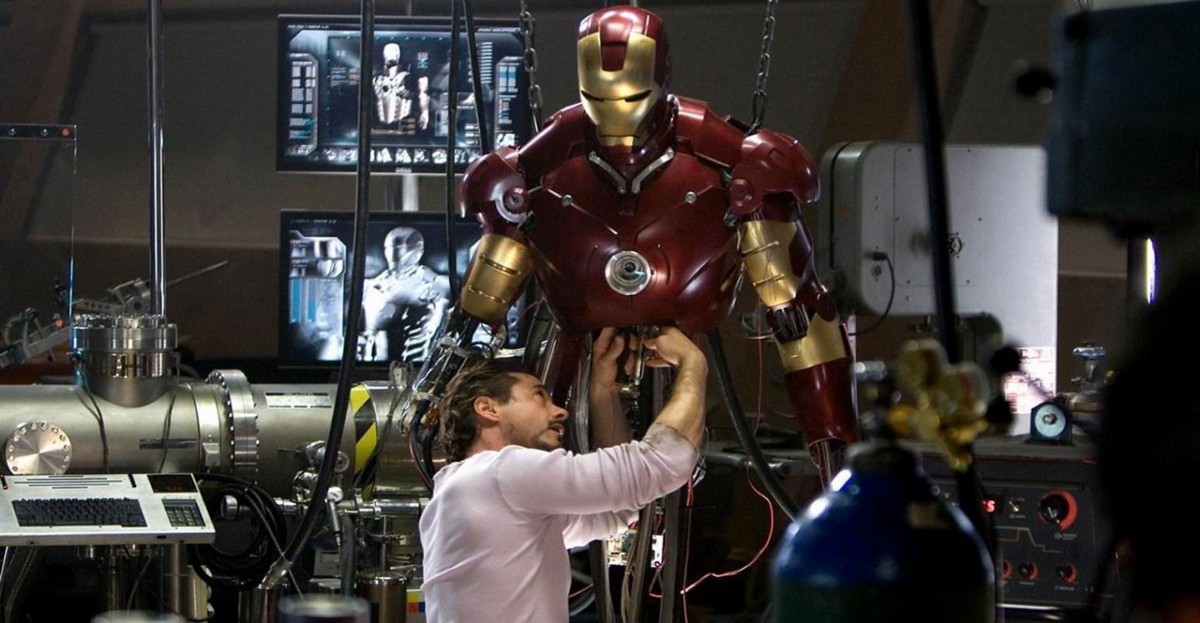James Pikul and Marc Miskin on Iron Man’s Nanotech Suit

By Lauren Salig
As superhero movies continue to dominate the box office, an increasing number of fans want to understand the science behind these fantasy worlds. Penn Today recently interviewed two Penn Engineers to sort out what’s science and what’s fiction when it comes to Iron Man’s latest suit. As portrayed in the most recent Marvel Avengers movies, Tony Stark’s “Mark 50” Iron Man suit assembles around him from billions of nanorobots, giving him super-strength, an array of high-tech weapons, and the ability to fly.
James Pikul, assistant professor of Mechanical Engineering and Applied Mechanics, has been working to develop high-powered microbatteries that are energy dense without sacrificing power. Pikul’s research on the delicate balance between power and energy provides context for understanding what type of energy source the Mark 50 suit would need to sustain flight and engage in battle simultaneously:
Is there anything in the foreseeable future that might resemble a real Iron Man suit?
Pikul: A bulletproof walking suit is not unrealistic. But flying is extremely difficult, and I think we’re far away from energy sources that can maintain sustained flight that a human can carry.
Marc Miskin, assistant professor of Electrical and Systems Engineering, spoke with Penn Today about the nanorobot aspect of Iron Man’s newest suit, drawing from his experience developing solar-powered microrobots that are each smaller than a computer pixel.
The Mark 50 suit is described as having ‘billions’ of nano-robots. Is this an accurate estimate given all of the things the suit needs to do, including covering a person’s body completely?
Miskin: 10 million of my group’s cell-sized robots are only a cubic centimeter, so billions would not be enough. Keeping each robot cell-sized, then you would need roughly the number of cells in your body to coat it, about 40 trillion. If you’re going to coat a person with something that small, the surface area of your body is what’s going to set the limit.
To read Pikul and Miskin’s complete interview responses and learn just how realistic Iron Man’s Mark 50 suit is, visit Penn Today. A previous interview with Penn Engineer Shu Yang about the science behind Spiderman is also available at Penn Today.
